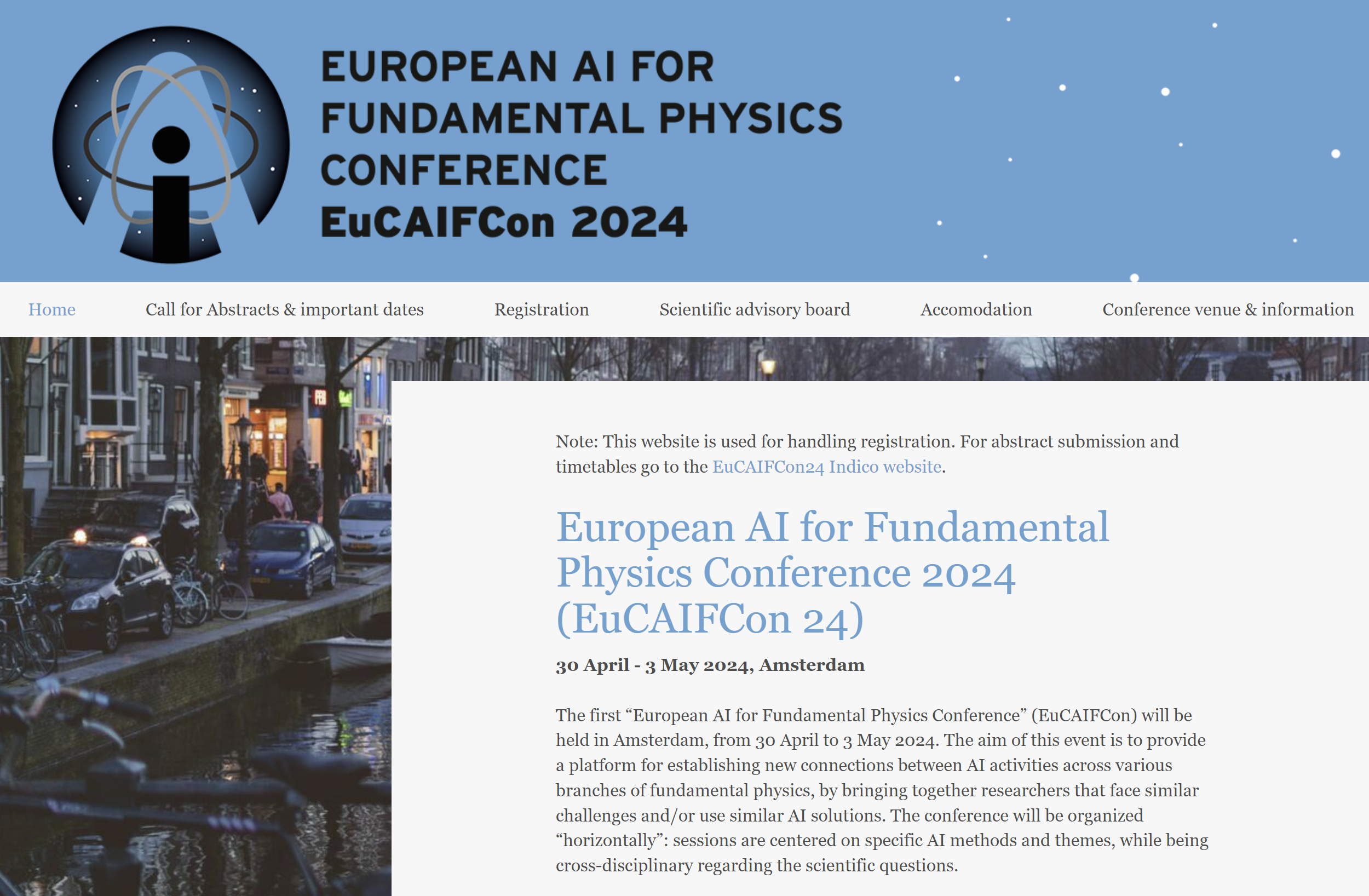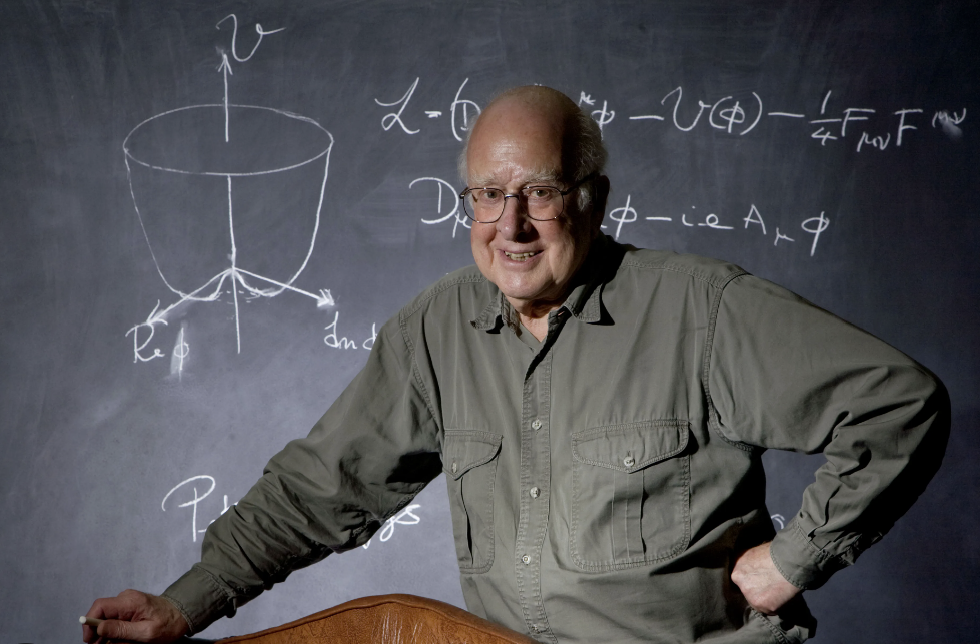I received news on a brand new discovery by the MAGIC collaboration today, and I wish to inform you about it. Here follows the communication from Mose' Mariotti on behalf of the MAGIC team:
The MAGIC Collaboration reports the discovery of VHE (E >100 GeV)
emission from the new source MAGIC J0317+413. The source was in the
field of view of the MAGIC telescopes between October 2009 and February
2010. The emission position is consistent with the head-tail radio
galaxy IC310 (z=0.0189, RA: 03 16 43.0 Dec: +41 19 29, J2000) located
in the outer region of the Perseus cluster of galaxies (Abell 426). A
gamma-ray signal with a significance corresponding to >6 standard
deviations was obtained from 20 hours taken in stereoscopic observation
The number in the title, interpreted in units per square centimeters per second, is a flux rate, and it is a new world record set by the Tevatron collider last night on the number of protons and antiprotons forced to cross each other within a tiny interaction region in the core of the CDF and DZERO experiments.
It makes me very happy when I see new precise results on the mass of the top quark being produced by the CDF collaboration (to which I still proudly belong). CDF, one of the two hadron collider experiments operating at the 2-TeV Tevatron proton-antiproton synchrotron in Batavia, IL, has been measuring the top quark mass since 1994, one year prior to its discovery. The figure with the top candidates (histogram) from which the mass measurement of 174+-12 GeV was obtained in 1994 is shown on the right below; backgrounds and top expectation are shown by hatched lines.
A very personal blog posting today. Well, at times it so happens that I feel like writing something about myself... That is the whole purpose of a blog for many, while I, like most of the writers here, usually have additional reasons; today the chance to write about myself comes handy though.
Twenty-five years ago this evening I was at a birthday party, with a bunch of friends. It was the birthday of two nice girls, and the party was held at the home of one of them. We were barely 20 years old back then (the two girls in fact were turning 20), and in similar occasions we used to smoke a lot, listen to music of the seventies, drink quite a bit, and party until late night.
A brand new result in Higgs boson physics has been presented by my old-time CDF colleague Wei-Ming Yao at the Moriond QCD conference two days ago. It is the combination of CDF and DZERO limits on the Higgs boson, and it constitutes a significant advancement in our knowledge of the standard model.
The result is simple to state in a single sentence, although it will take me several pages to explain it acceptably. The Higgs boson is excluded at 95% confidence level in the 130-210 GeV mass range, if there are four generations of matter fields.
 Move Over - The Talk I Will Not Give
Move Over - The Talk I Will Not Give Shaping The Future Of AI For Fundamental Physics
Shaping The Future Of AI For Fundamental Physics On Rating Universities
On Rating Universities Goodbye Peter Higgs, And Thanks For The Boson
Goodbye Peter Higgs, And Thanks For The Boson








